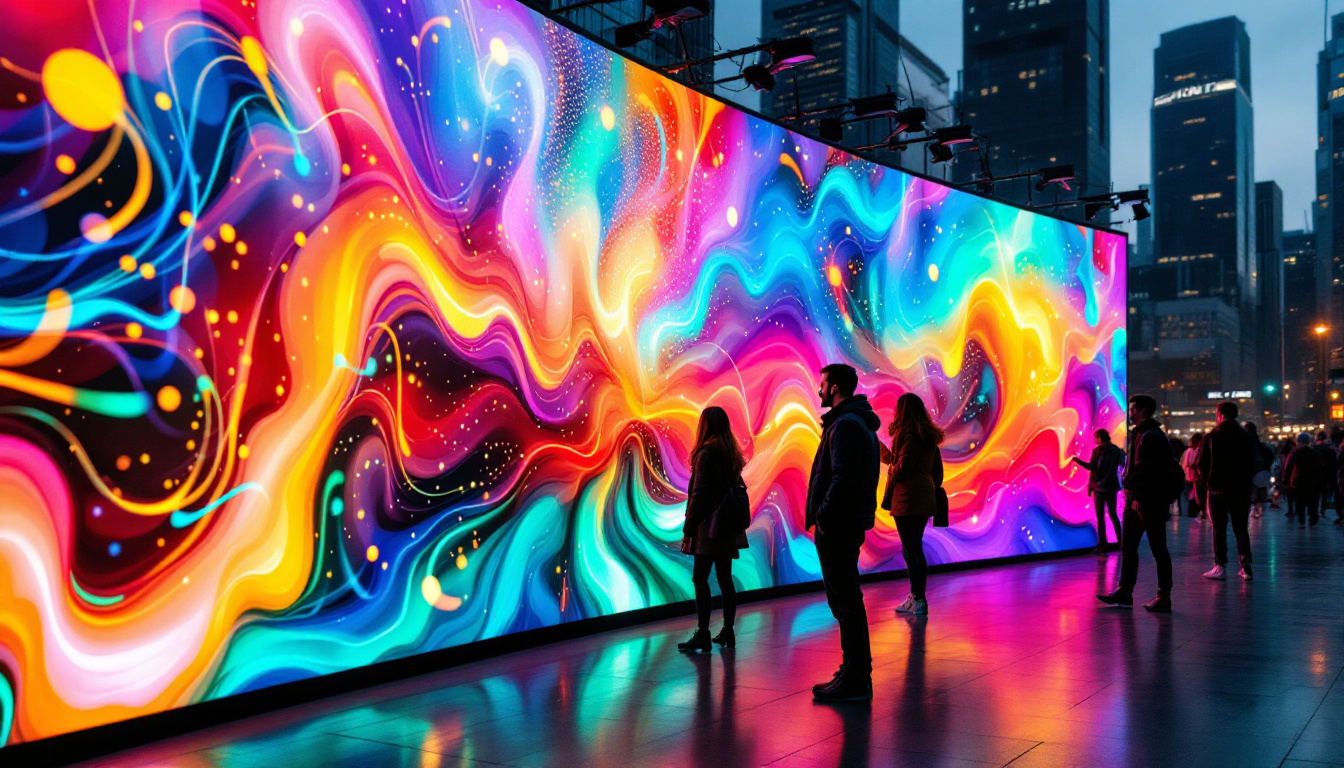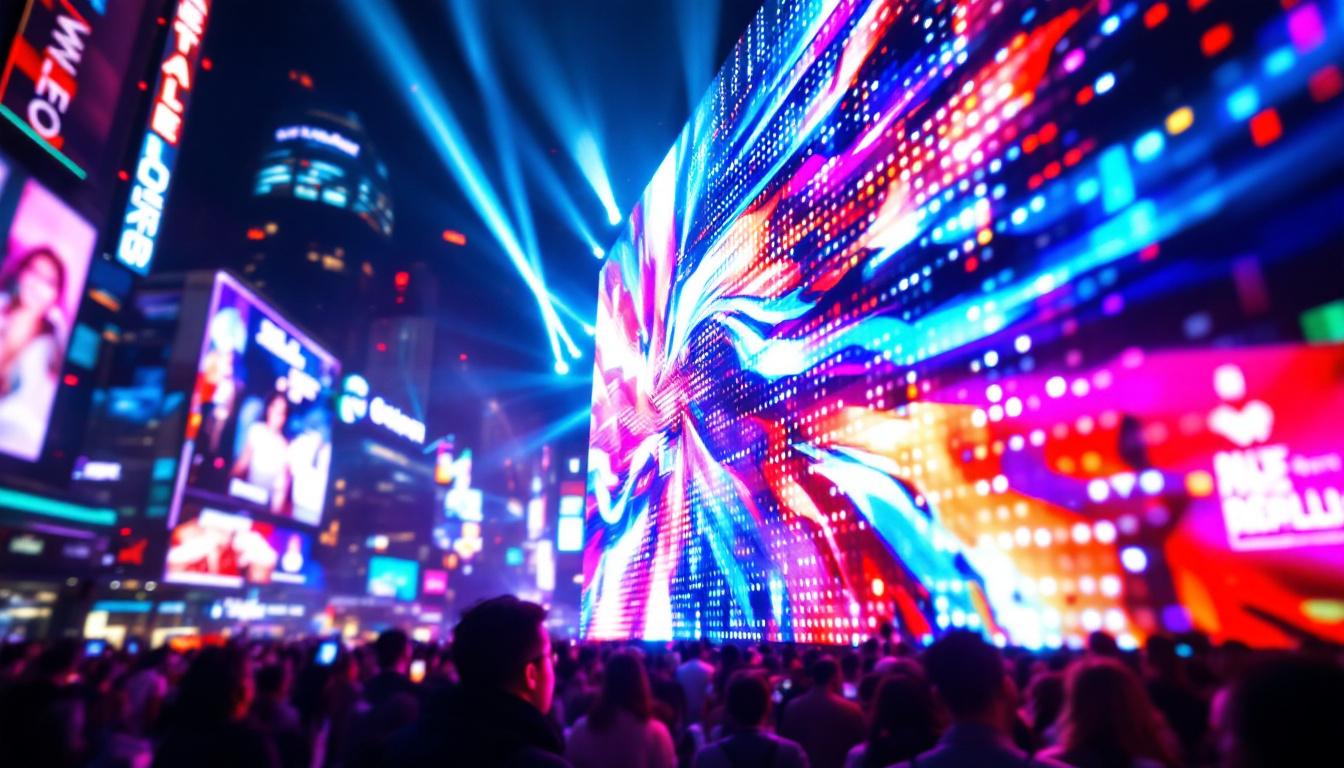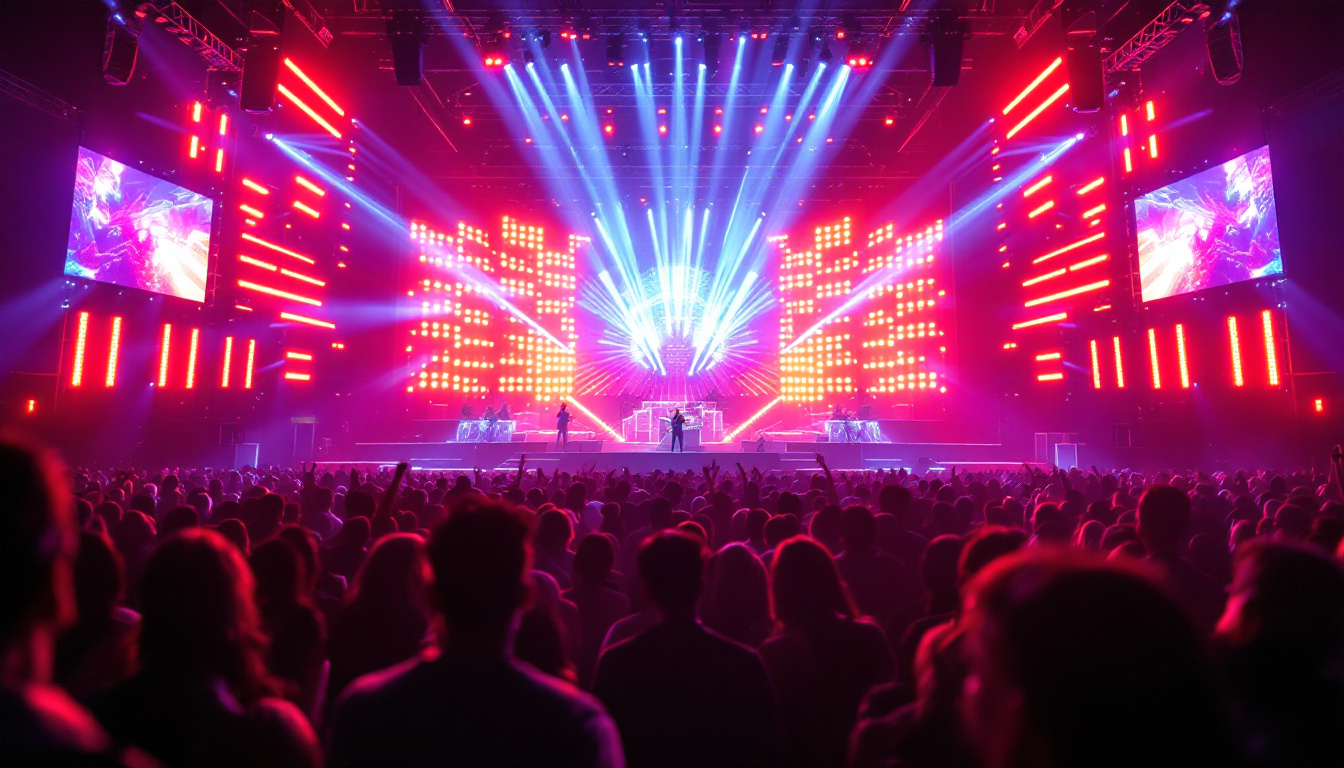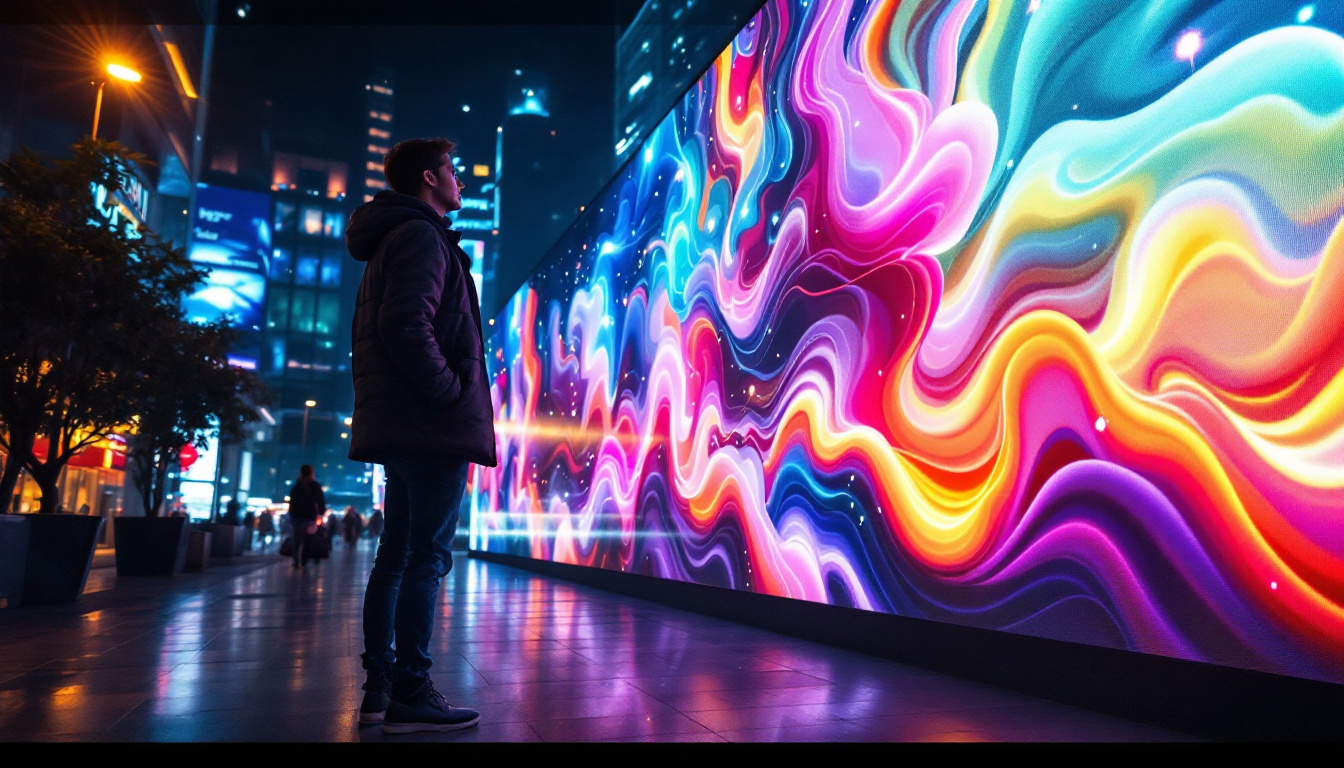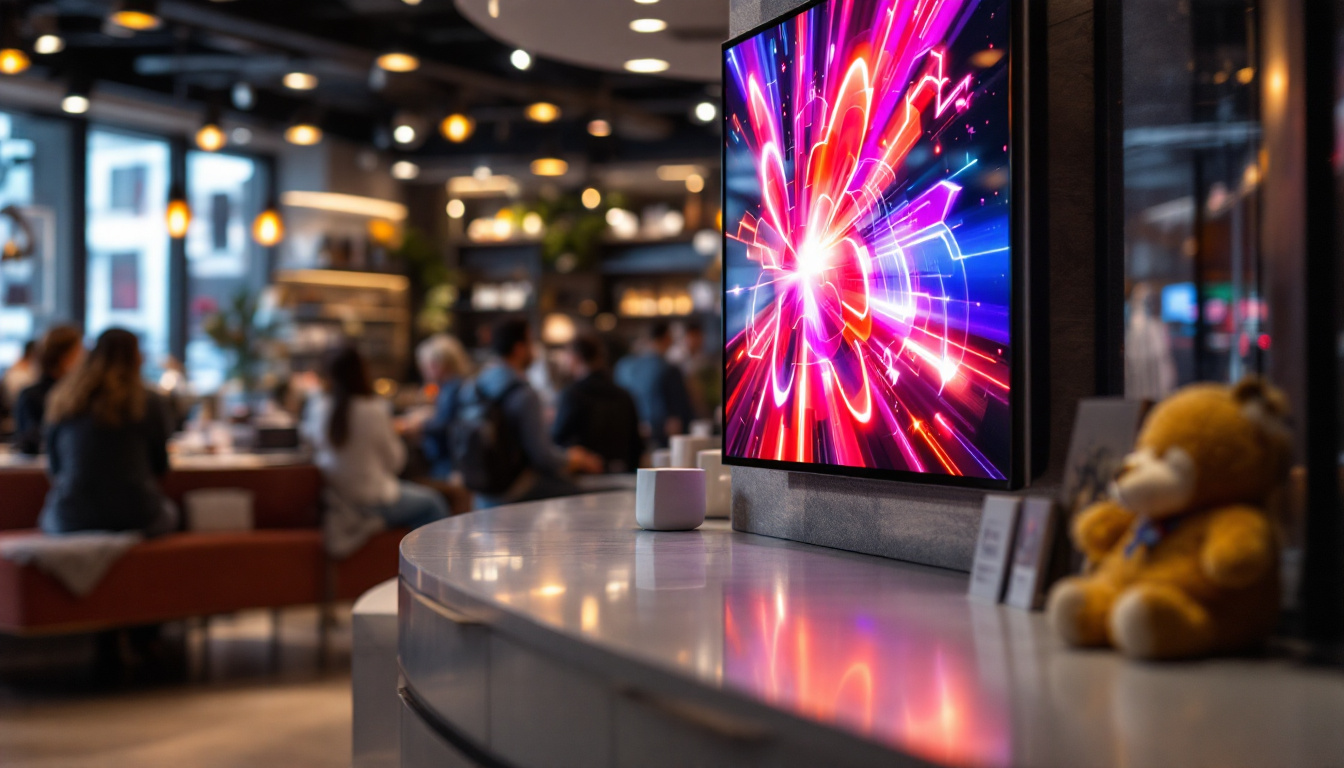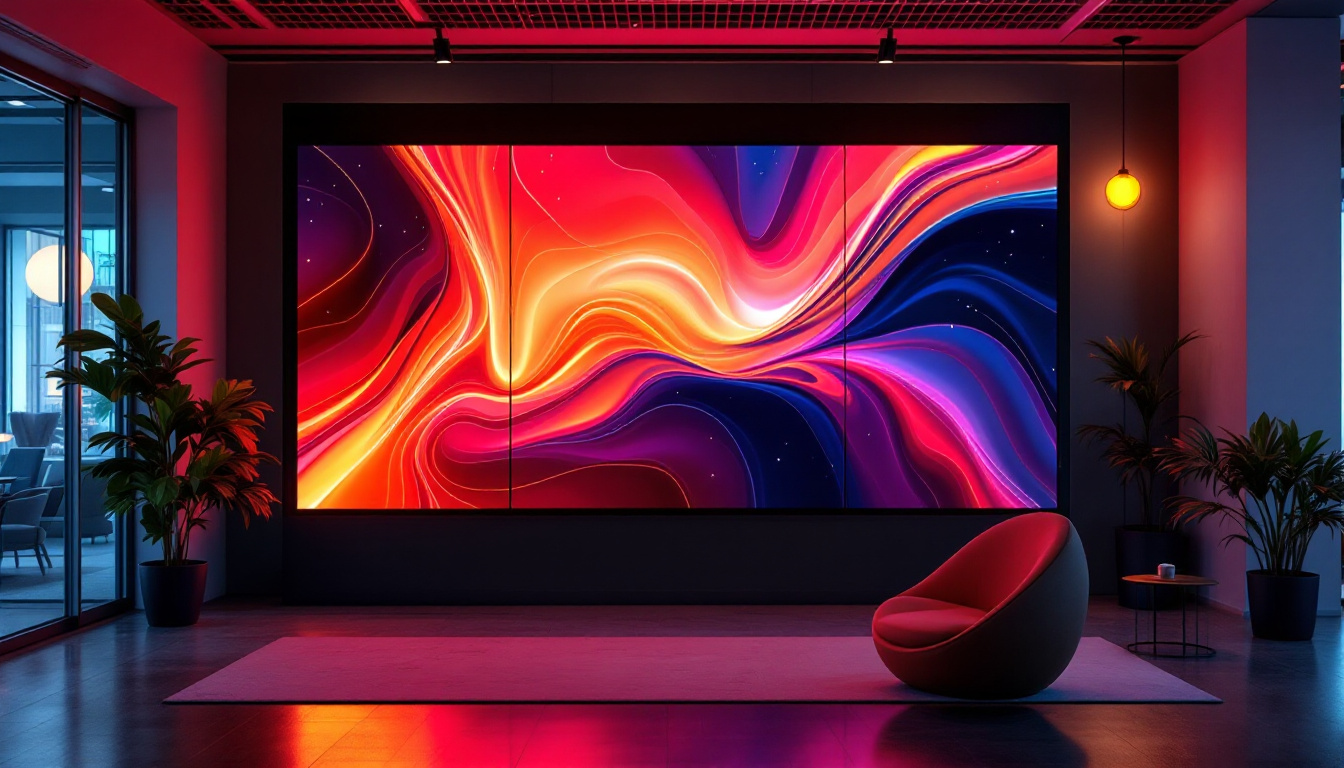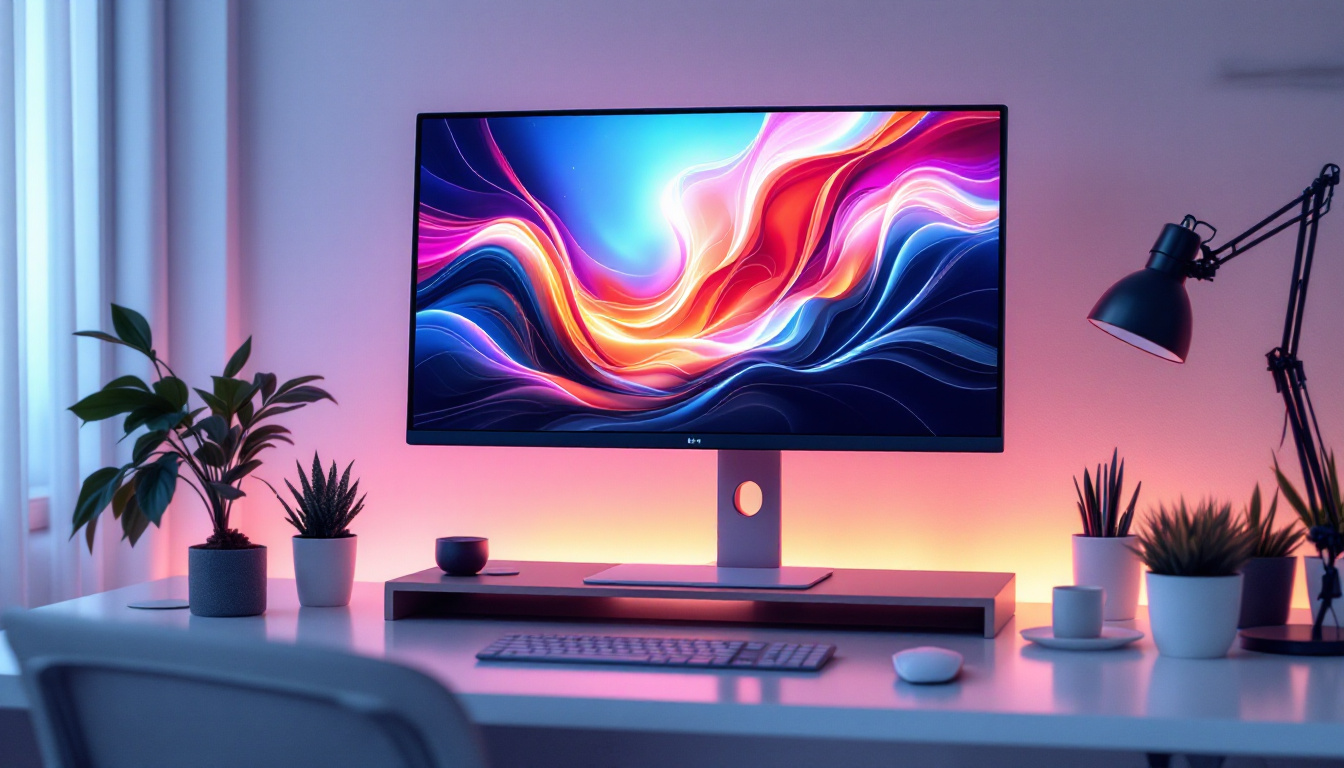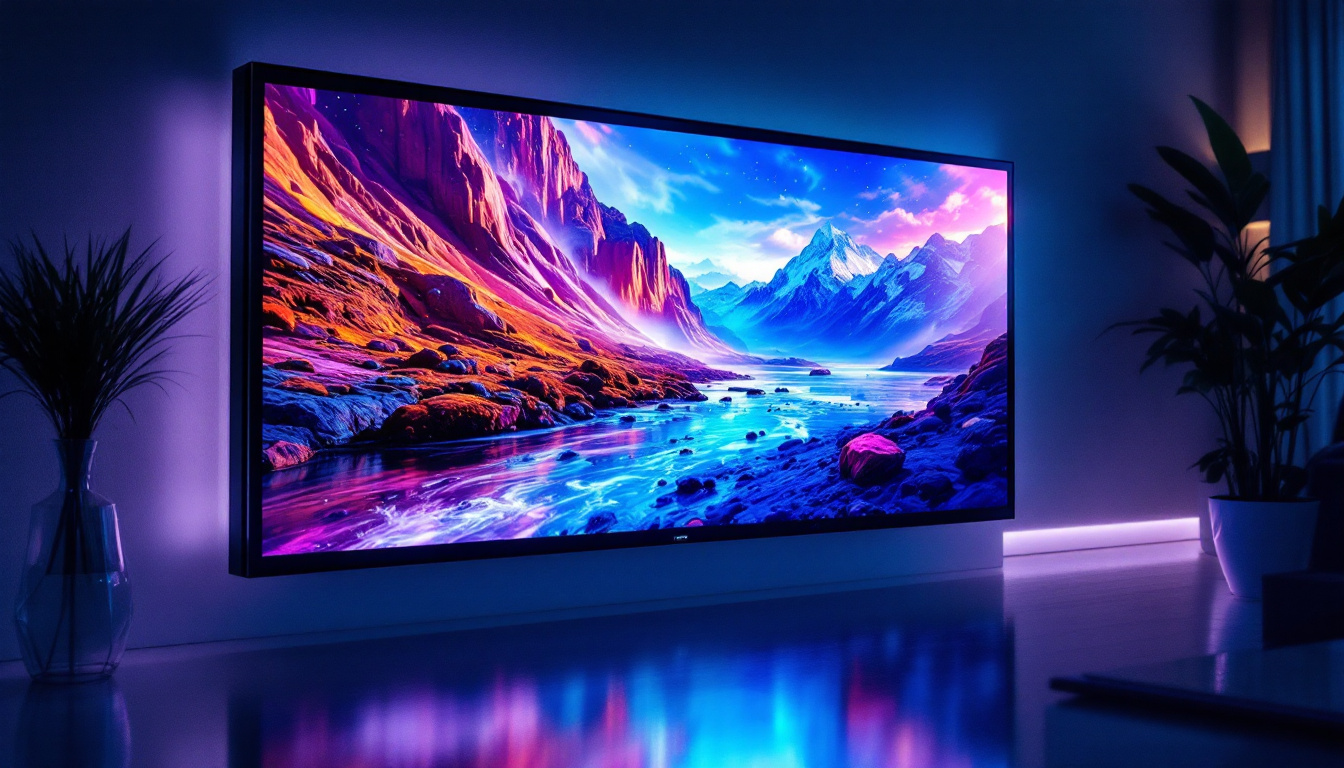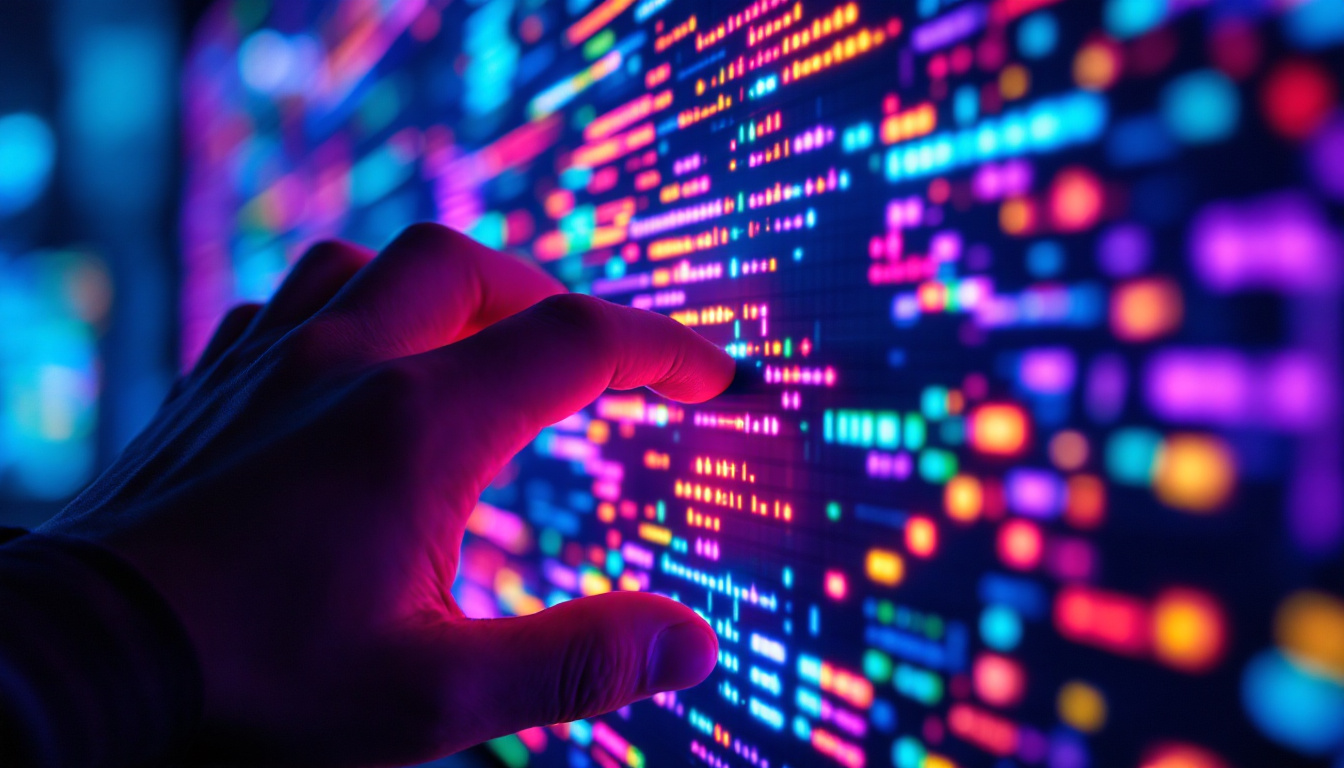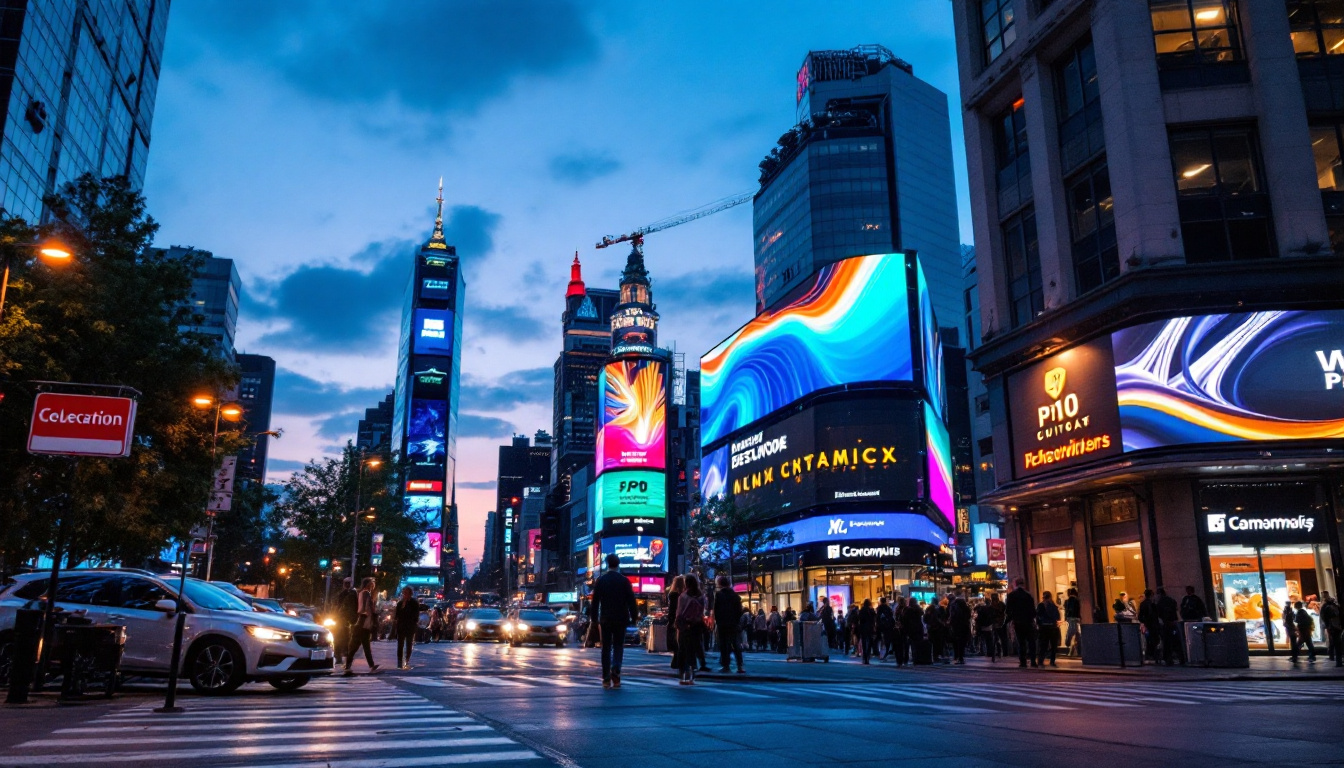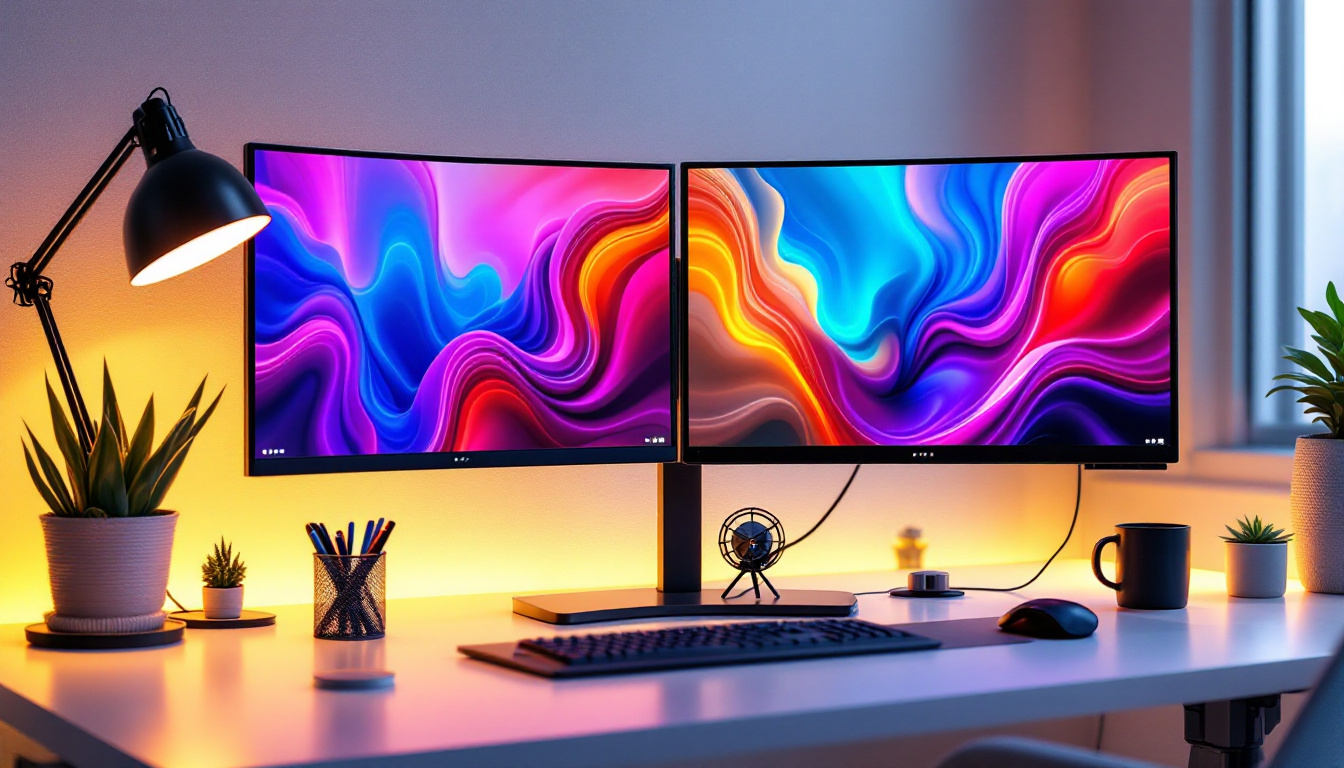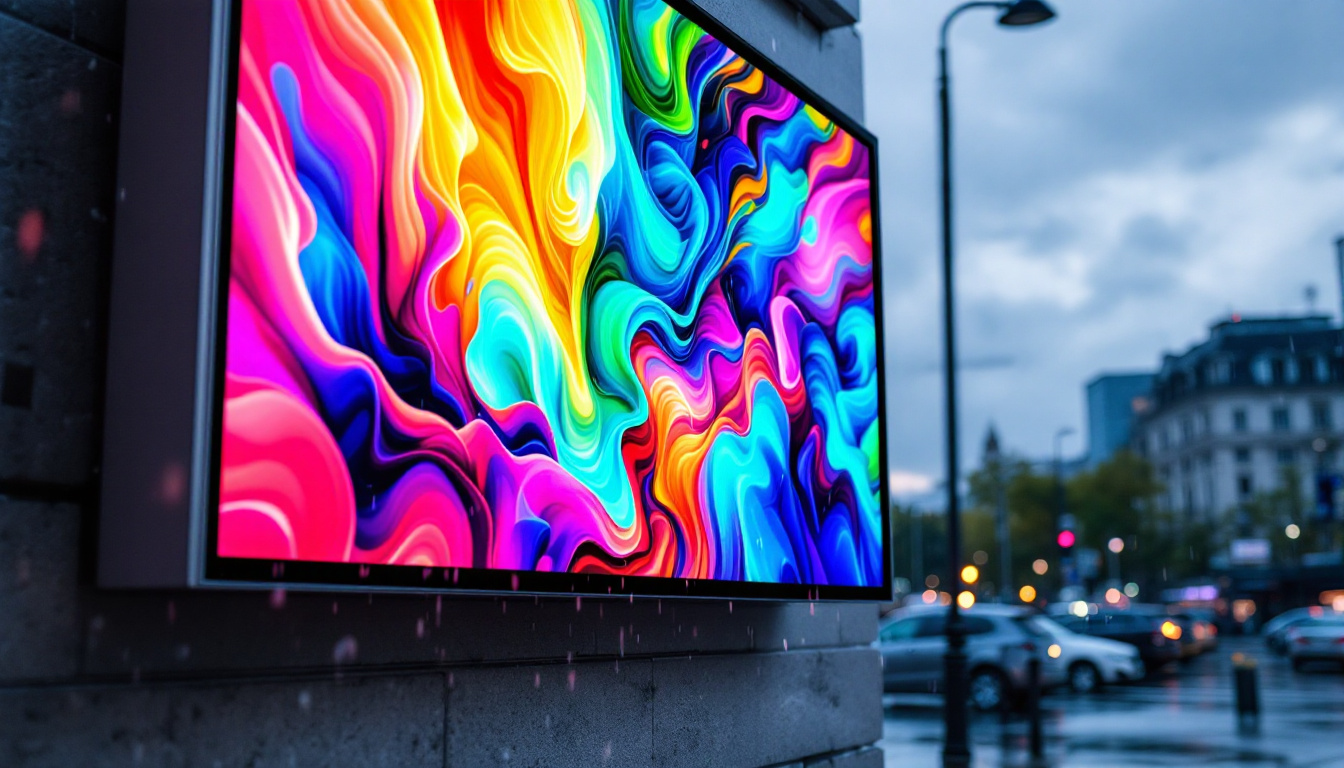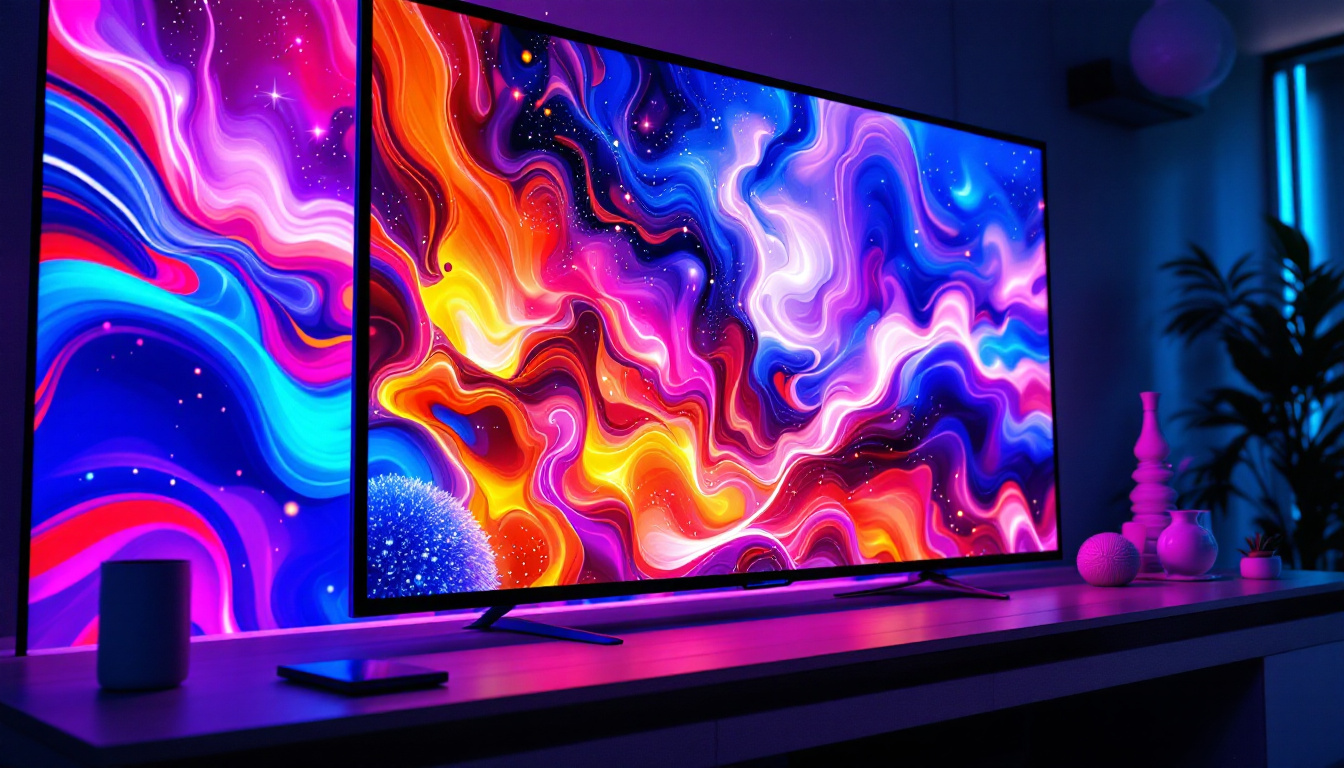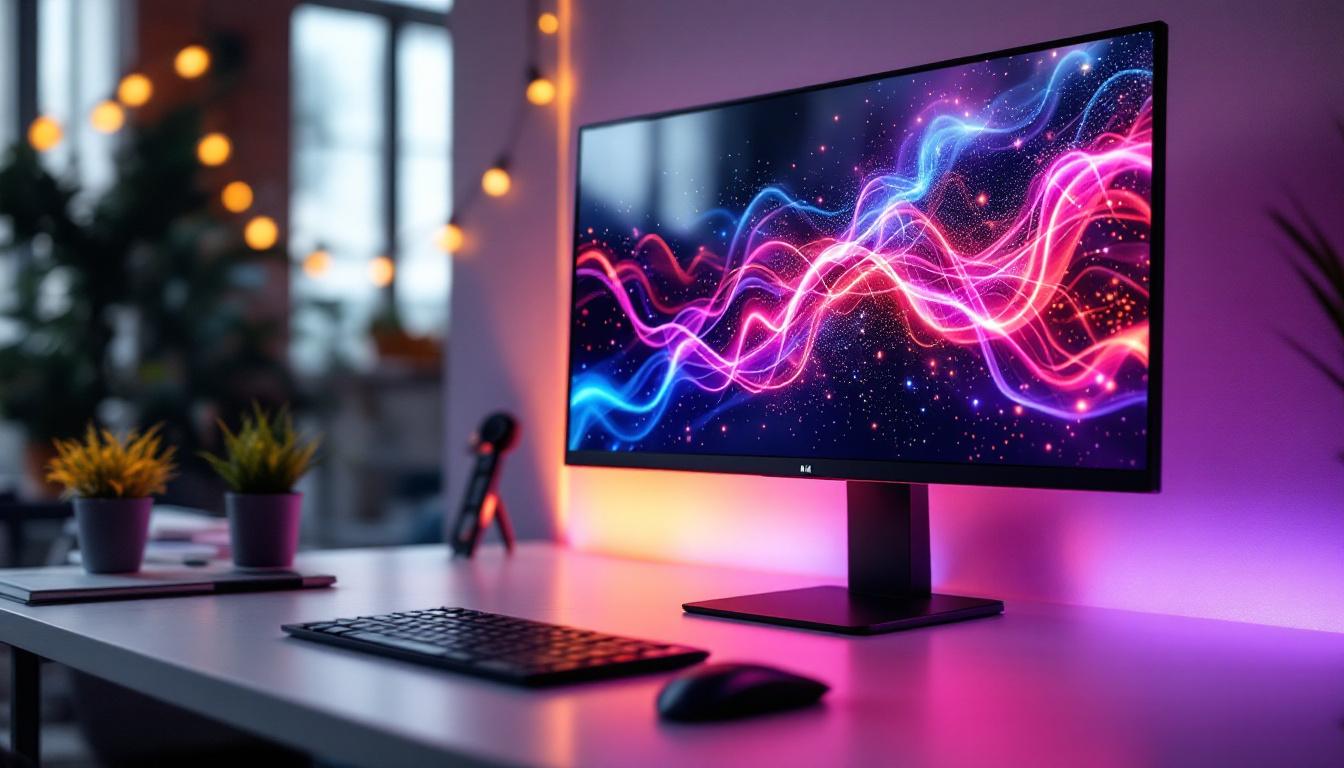In today’s digital age, the clarity and quality of a monitor screen play a crucial role in user experience, whether for professional work, gaming, or everyday use. Among the various display technologies, LED (Light Emitting Diode) displays have become the industry standard, offering superior brightness, color accuracy, and energy efficiency. This article delves into the fundamentals of LED displays, explaining how they work, their advantages, and what makes them the preferred choice for clear monitor screens.
Understanding LED Display Technology
LED displays are a type of LCD (Liquid Crystal Display) that use light-emitting diodes as a backlight source instead of traditional cold cathode fluorescent lamps (CCFLs). This fundamental difference significantly impacts the display’s brightness, color reproduction, and energy consumption. The shift to LED technology has not only enhanced the visual experience for consumers but has also contributed to more sustainable practices in the electronics industry, as LED displays consume less power and have a longer lifespan compared to their CCFL counterparts.
How LED Displays Work
At the heart of an LED display is the liquid crystal panel, which manipulates light to create images. However, since liquid crystals do not emit light themselves, they require a backlight. In LED displays, this backlight is provided by an array of tiny LEDs placed either behind the screen (direct LED) or along its edges (edge-lit LED). The arrangement of these LEDs plays a crucial role in determining the overall performance of the display, influencing factors such as response time and viewing angles.
When the monitor is powered on, the LEDs emit light that passes through several layers, including polarizers and color filters, before reaching the viewer’s eyes. The liquid crystals twist and align in response to electrical signals, controlling how much light passes through each pixel. This process produces the vivid images seen on the screen. Additionally, the use of advanced technologies like quantum dots can further enhance color accuracy, allowing for a broader spectrum of colors to be displayed, which is particularly beneficial for applications requiring precise color representation, such as graphic design and photography.
Types of LED Backlighting
There are primarily two types of LED backlighting used in monitors:
- Edge-lit LED: LEDs are positioned along the edges of the screen, and light is distributed across the display using light guides. This design allows for thinner monitors and lower manufacturing costs but can sometimes lead to uneven brightness. Edge-lit displays are often favored in sleek, modern designs where aesthetics and space-saving are priorities.
- Direct-lit LED: LEDs are placed directly behind the entire screen, offering more uniform brightness and better local dimming capabilities, which enhances contrast ratios. This type of backlighting is particularly advantageous for high-definition content, as it provides deeper blacks and more vibrant colors, making it ideal for movie watching and gaming.
Recent advancements have also introduced Mini-LED and Micro-LED technologies, which use smaller LEDs and more precise control to improve contrast and color accuracy even further. Mini-LED technology allows for thousands of tiny dimming zones, significantly enhancing the dynamic range of the display. Meanwhile, Micro-LED technology, which consists of individual self-emitting pixels, promises to deliver even greater performance by eliminating the need for a backlight altogether, resulting in displays that are thinner, lighter, and capable of achieving true blacks and unparalleled brightness levels. These innovations are paving the way for the next generation of display technology, making screens more immersive and visually stunning than ever before.
Why LED Displays Offer Clearer Screens
The clarity of a monitor screen depends on several factors, including brightness, contrast ratio, color accuracy, and resolution. LED displays excel in these areas compared to older technologies.
Brightness and Contrast
LED backlighting can achieve higher brightness levels than CCFLs, often reaching 300 to 600 nits or more in consumer monitors. This increased brightness helps maintain screen visibility in well-lit environments and contributes to more vibrant images.
Moreover, LED displays support advanced dimming techniques, such as local dimming, which selectively dims parts of the screen to deepen blacks and enhance contrast. High contrast ratios make images appear sharper and more lifelike, improving overall clarity. This is particularly beneficial when viewing content with dark scenes, as the enhanced contrast allows for greater detail in shadowed areas, making the viewing experience more immersive.
Color Accuracy and Gamut
Color reproduction is critical for professionals in photography, video editing, and design. LED displays can cover a wider color gamut, including standards like sRGB, Adobe RGB, and DCI-P3, ensuring colors are rendered accurately and vividly.
Modern LED monitors often incorporate quantum dot technology, which enhances color purity and brightness. This results in more precise color representation, making LED displays ideal for tasks requiring color fidelity. Additionally, some high-end models feature HDR (High Dynamic Range) capabilities, which further expand the range of colors and brightness levels, allowing for a more dynamic and realistic viewing experience. This is especially important for filmmakers and graphic designers who rely on accurate color representation to ensure their work translates well across various media.
Resolution and Pixel Density
While LED technology itself does not dictate resolution, it supports high-definition panels ranging from Full HD (1920×1080) to 4K UHD (3840×2160) and beyond. Higher pixel density means sharper images and finer details, contributing to the perception of a clear and crisp screen.
In addition to standard resolutions, the advent of 8K displays is pushing the boundaries of clarity even further, providing an astonishing pixel density that can reveal intricate details previously unseen. This level of detail is particularly advantageous for applications such as medical imaging and scientific research, where precision is paramount. Furthermore, as content creation continues to evolve with higher resolution formats, having a display that can keep up ensures that users are not only viewing content as intended but are also future-proofed for upcoming advancements in visual technology.
Energy Efficiency and Longevity
Energy consumption and durability are important considerations for both consumers and businesses. LED displays offer significant advantages in these areas, making them a sustainable and cost-effective choice.
Lower Power Consumption
Compared to CCFL-backlit LCDs, LED monitors consume up to 30-50% less power. This reduction not only lowers electricity bills but also reduces heat generation, which can prolong the lifespan of internal components.
Longer Lifespan
LEDs have a longer operational life, often exceeding 50,000 hours of use. This durability means that LED monitors maintain consistent brightness and color performance over many years, minimizing the need for replacements.
Applications and Use Cases of LED Monitors
The versatility of LED displays makes them suitable for a wide range of applications, from everyday computing to specialized professional environments.
Professional Workstations
Graphic designers, video editors, and photographers benefit from LED monitors with high resolution, wide color gamut, and excellent contrast. These features ensure that the work they produce on-screen translates accurately to print or digital media.
Gaming and Entertainment
Gamers appreciate LED monitors for their fast response times, high refresh rates, and vibrant colors. The enhanced brightness and contrast also improve immersion in games and movies, providing a more engaging experience.
Office and General Use
For everyday tasks such as browsing, document editing, and video conferencing, LED monitors offer clear visuals and comfortable viewing experiences. Their energy efficiency also makes them a practical choice for offices aiming to reduce operational costs.
Choosing the Right LED Monitor for Clear Screen Quality
When selecting an LED monitor, several factors should be considered to ensure optimal screen clarity and performance.
Screen Size and Resolution
The ideal screen size depends on the user’s workspace and intended use. Larger screens paired with higher resolutions provide more workspace and sharper images but may require more powerful hardware to drive them effectively.
Panel Type
LED monitors commonly use IPS (In-Plane Switching), TN (Twisted Nematic), or VA (Vertical Alignment) panels. IPS panels offer the best color accuracy and viewing angles, making them suitable for professional use, while TN panels provide faster response times favored by gamers. VA panels strike a balance with better contrast ratios.
Refresh Rate and Response Time
For users focused on smooth motion and reduced blur, such as gamers or video editors, higher refresh rates (120Hz or above) and low response times (under 5ms) are important considerations.
Additional Features
Features like HDR (High Dynamic Range) support, flicker-free technology, and blue light filters can enhance viewing comfort and image quality, contributing to a clearer and more pleasant screen experience.
The Future of LED Display Technology
LED technology continues to evolve rapidly, promising even clearer and more efficient displays in the coming years.
Mini-LED and Micro-LED Innovations
Mini-LED technology uses thousands of tiny LEDs to provide more precise backlighting control, improving contrast and brightness uniformity. Micro-LED takes this further by using microscopic LEDs as individual pixels, potentially eliminating the need for LCD layers and delivering unparalleled image quality.
Flexible and Transparent Displays
Emerging LED technologies are enabling flexible and transparent screens, opening new possibilities for monitor design and applications. These advances could revolutionize how users interact with digital content.
Energy and Environmental Impact
As sustainability becomes a priority, LED displays are being designed with recyclable materials and even lower power consumption, aligning with global efforts to reduce environmental footprints.
Conclusion
LED displays have transformed the way monitors deliver clear, vibrant, and energy-efficient images. Their superior brightness, contrast, and color accuracy make them the preferred choice across various applications, from professional creative work to immersive gaming. Understanding the technology behind LED screens empowers consumers and professionals alike to make informed decisions when selecting monitors that meet their clarity and performance needs. As LED technology continues to advance, users can look forward to even clearer and more dynamic visual experiences in the near future.
Discover the Future of Visual Clarity with LumenMatrix
Ready to experience the pinnacle of screen clarity and performance? LumenMatrix is at the forefront of LED display innovation, offering an extensive array of solutions tailored to your unique needs. From Indoor and Outdoor LED Wall Displays to specialized options like Vehicle, Sports, and Floor LED Displays, LumenMatrix provides cutting-edge technology that brings your visual communications to life. Elevate your brand visibility and captivate your audience with our Custom, All-in-One, and Transparent LED Displays. Don’t just take our word for it—see the difference for yourself. Check out LumenMatrix LED Display Solutions today and transform your space with unparalleled brightness, contrast, and color accuracy.





